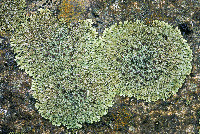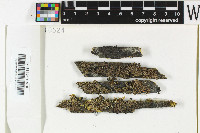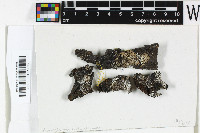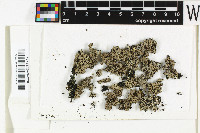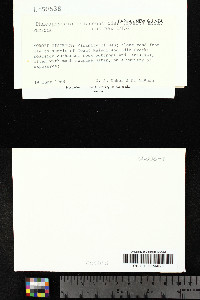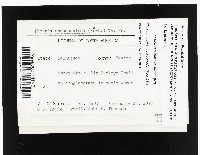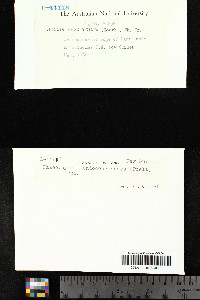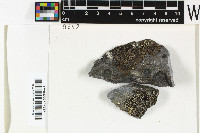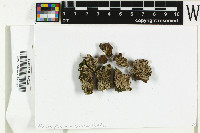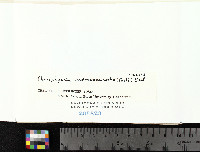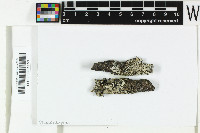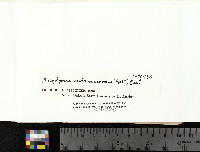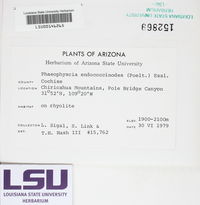
Consortium of Lichen Herbaria
- building a Global Consortium of Bryophytes and Lichens as keystones of cryptobiotic communities -
- Home
- Search
- Images
- Species Checklists
- US States: O-Z >
- US National Parks
- Central America
- South America
- US National Parks
- Southern Subpolar Region
|
|
|
|
Family: Physciaceae
[Phaeophyscia endococcina var. endococcinodes (Poelt) Moberg, morePhyscia endococcinodes Poelt, Physcia endococcinodes var. endococcinodes Poelt] |
Nash, T.H., Ryan, B.D., Gries, C., Bungartz, F., (eds.) 2004. Lichen Flora of the Greater Sonoran Desert Region. Vol 2. Thallus: foliose, up to 5 cm in diam., usually +orbicular lobes: discrete to more often somewhat irregularly flabellate, often confluent to imbricate, 0.5-1(-1.5) mm broad, +flat, prostrate upper surface: gray to gray-brown, epruinose, rarely developing a patchy epinecral layer on lobe ends, without soredia or isidia but sometimes developing irregular lobules centrally upper cortex: paraplectenchymatous medulla: orange, sometimes white in first 0.5-1 mm of lobe ends lower cortex: paraplectenchymatous lower surface: black, often paler at the lobe ends, dull to weakly shiny; rhizines: simple, black Apothecia: frequent and nearly always present, up to 2(-3) mm in diam., sessile; margin: usually crenate or becoming lobulate in older ones, often with a corona of rhizines ascospores: ellipsoid, (15-)17.5-25.5 x 8-12.5 µm, of Physcia-type Spot tests: all negative in medulla, medulla K+ purple Secondary metabolites: skyrin, sometimes with a trace of zeorin. Substrate and ecology: usually on rock, occasional on bark World distribution: North America, Central America, Europe, Asia, and Africa Sonoran distribution: mountains of Arizona, Chihuahua and Baja California Sur. Notes: The distinctive red medulla of Phaeophyscia endococcinodes makes this species difficult to confuse with any other in the study area. This species is recognized as a variety of P. endococcina by Moberg (1985). |
Powered by Symbiota



